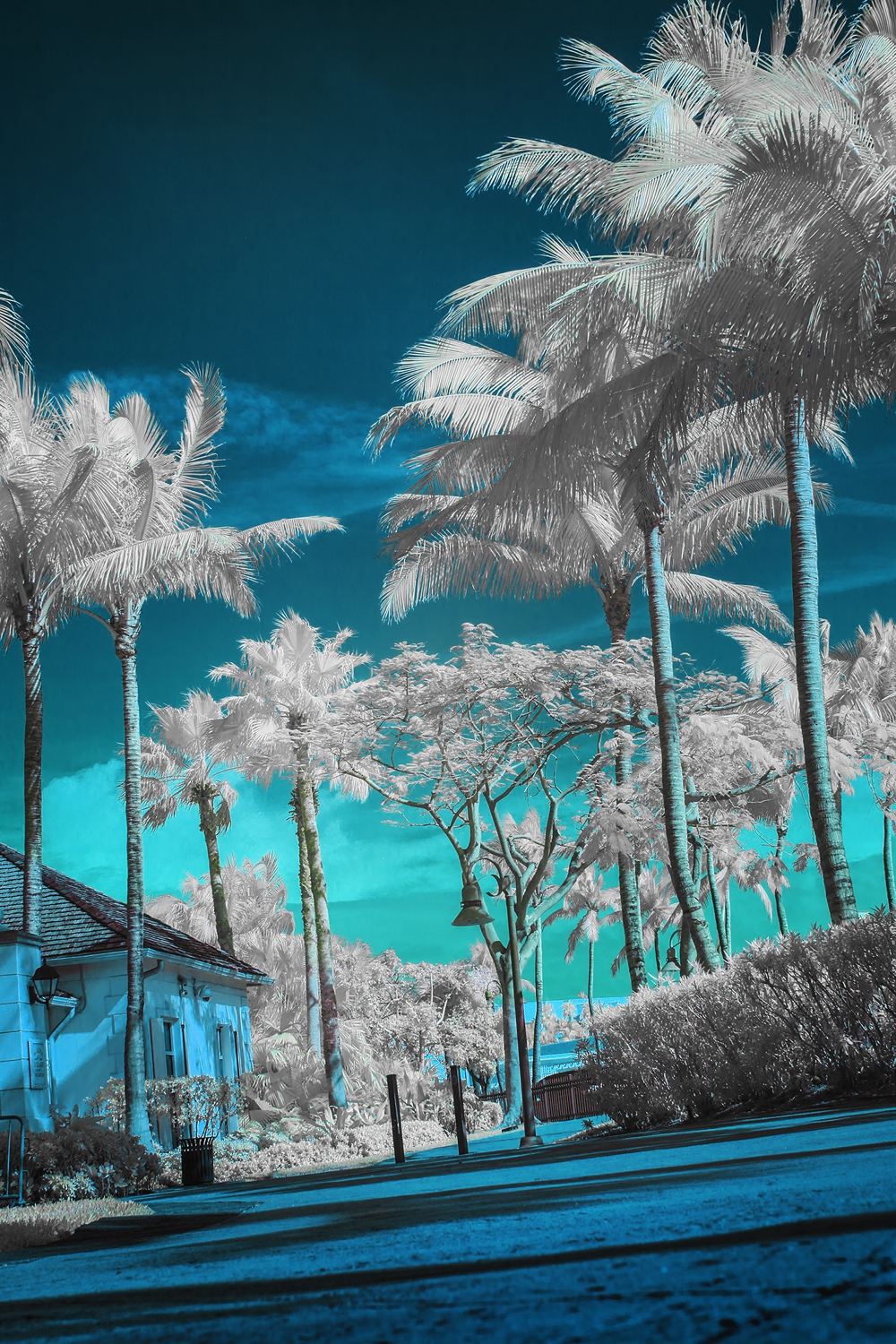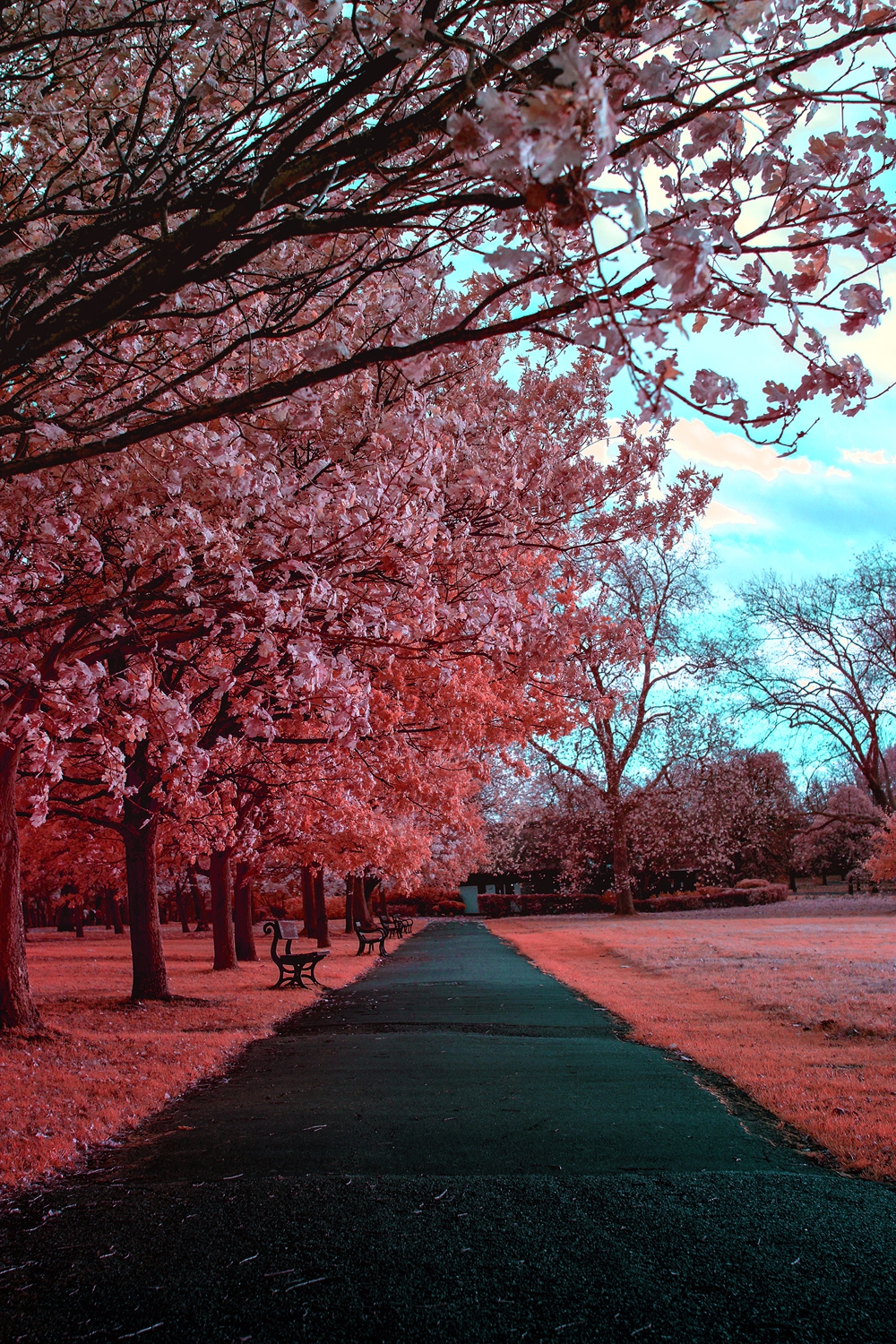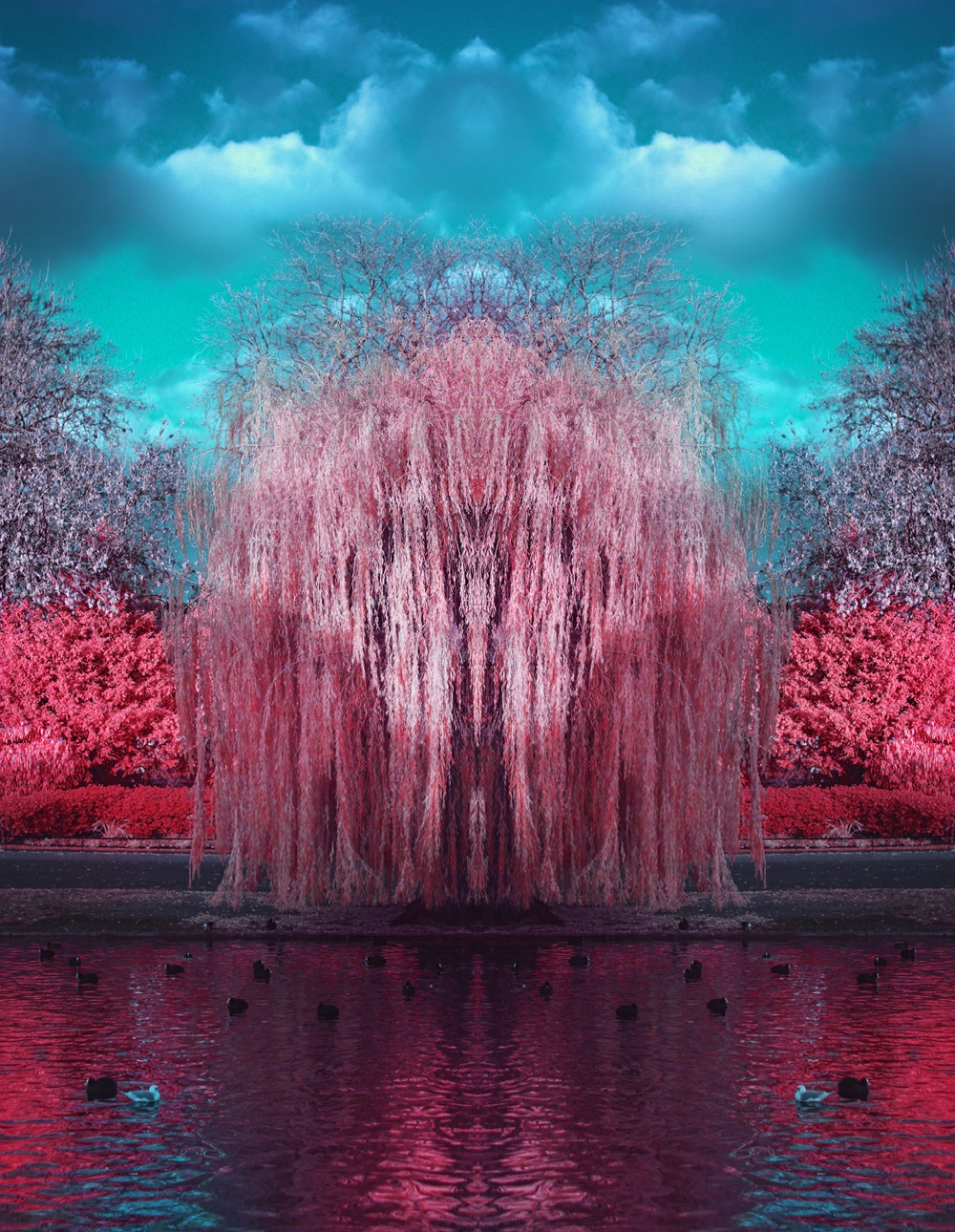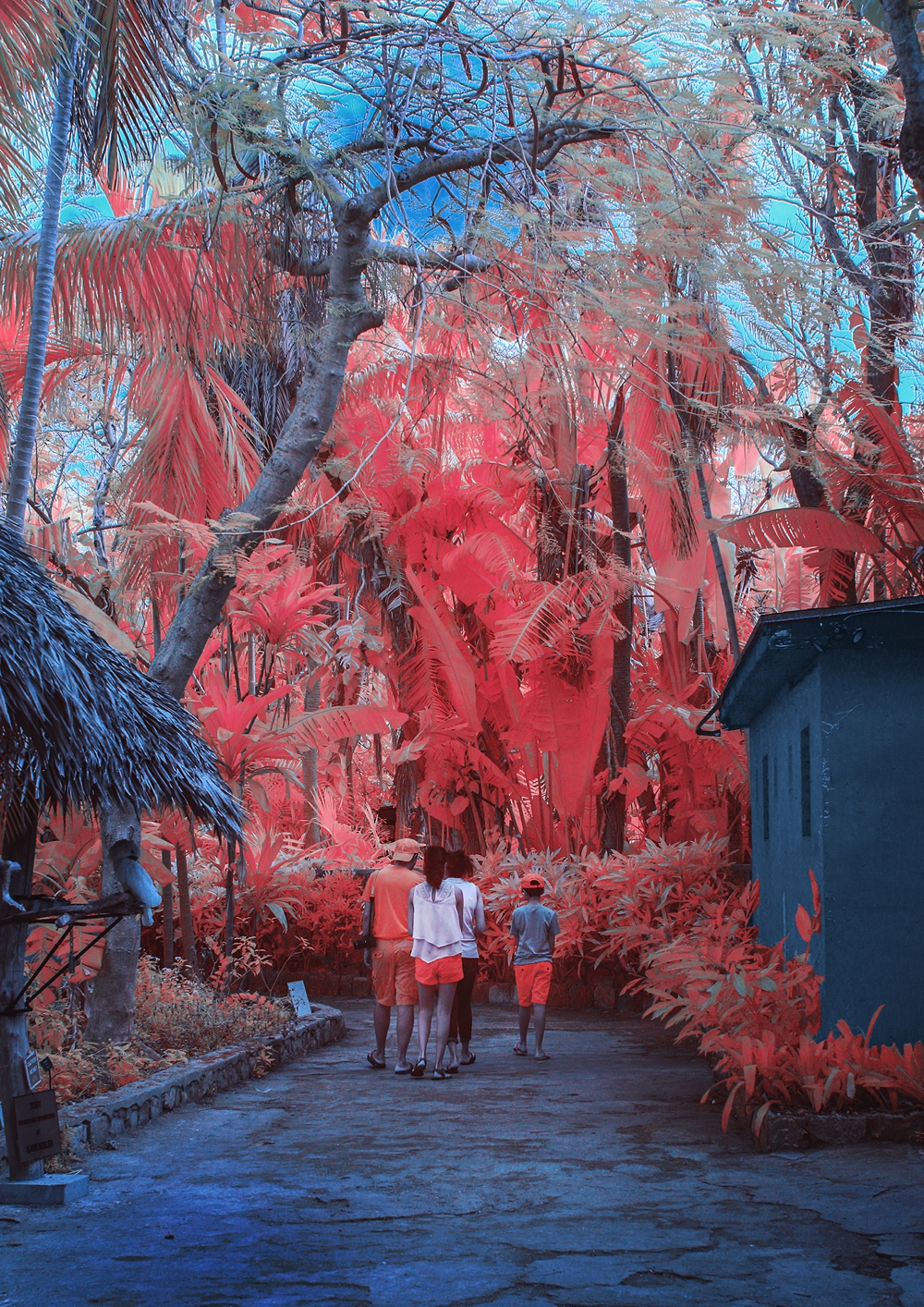Have You Ever Seen Infrared Images This Cool?
Infrared photography allows photographers to explore an unseen world. It is nothing but capturing the invisible Infrared light (light that lies beyond the red end of the visible spectrum) contrary to normal photography where one captures the visible light.
All objects emit infrared radiation (heat) but this is not visible to the human eye. Cameras used for infrared photography have the infrared filter in front of the sensor removed and replaced with a filter that allows only infrared light through it.
This modified DSLR can be used just like a normal DSLR to capture infrared images.
For those who are worried about the costs involved in modifying, there are options to buy and attach a circular Infrared filter, to the front of your lens, just like you would attach any other filter to the lens. The downside to this is, motion blur as the infrared filter allows very little light to pass through it, as a result, the images must be taken using long exposure techniques.
For those of you who are interested in Infrared photography, here are some images created by Photographer James Zwadlo who is a freelance director and designer based in London, UK, working across art-direction, design, animation and direction.
For James, photography was a hobby he was increasingly becoming involved in last year as he made a conscious effort to travel the globe more. With this he thought to learn about cameras, lenses and photography in general, could only benefit his directing career.
James has a fascination to create unique infrared photographs where he makes photos that have colors very different from the traditional two-tone infrared photographs so that his photos look and feel unique.

Image by James Zwadlo

Image by James Zwadlo

Image by James Zwadlo

Image by James Zwadlo

Image by James Zwadlo

Image by James Zwadlo
When James talks about his experience in creating infrared photographs, he says:
“Like many people I first got turned into the possibilities of infrared by Paolo Pettigiani's photos of Central Park last year and thought it was a cool idea, but, being a designer, I was curious to understand the theory behind it more and how it could be pushed to its limits.
Later in 2016, a designer who I admire greatly, GMUNK, had also started to take some infrared photos and was testing the possibilities himself as a designer. I was super-inspired and got in touch with him about his process, for example, how to get a camera modded to do infrared photography and the workflow itself. He was super patient and open about getting into it and was a great help!
A month later I modded my 7D and although it is quite an average DSLR by today's standards, I feel learning the basics with a more mid-low priced camera has thoroughly helped me hone my technique and workflow to the point where I can squeeze out every last bit of juice from the RAWs.
I had to figure out a workflow by trial-and-error as there's a lack of ‘proper' guides to how it's done from the research I did, but managed to pick up enough to figure out a workflow that worked for me. Once I got that down I've had more fun in playing with color relationships, compositions, and ways of further manipulating the information.
At the end of the day I see it as a technique and learning about it more is what I intend to do, and then how to apply it back to my work. The main thing I try to do above all else is, take a good picture, then the style lends itself better to certain scenarios than others, so I take those into mind and try and make a nice shot.”

Image by James Zwadlo

Image by James Zwadlo

Image by James Zwadlo

Image by James Zwadlo

Image by James Zwadlo

Image by James Zwadlo

Image by James Zwadlo

Image by James Zwadlo

Image by James Zwadlo

Image by James Zwadlo

Image by James Zwadlo


Image by James Zwadlo
Further Resources
James intends to extend this technique of his this year, into videos and also to photograph more countries in infrared. If you like James's work, follow the links below to see more of them.
Further Learning
We’ve got some excellent “Lightroom Tutorials” in easy-to-follow Videos here.
Learn how to use Lightroom to “Transform Your Images Into Powerful and Share-Worthy Works of Art.”





2 Comments
Hi Dahlia, these are supercool images! I have a converted camera, and I’m inspired to go out and try something different now, especially with the processing.
Hi Tersha, good to hear that! You should try and please do share with us. Would be great to see! 🙂